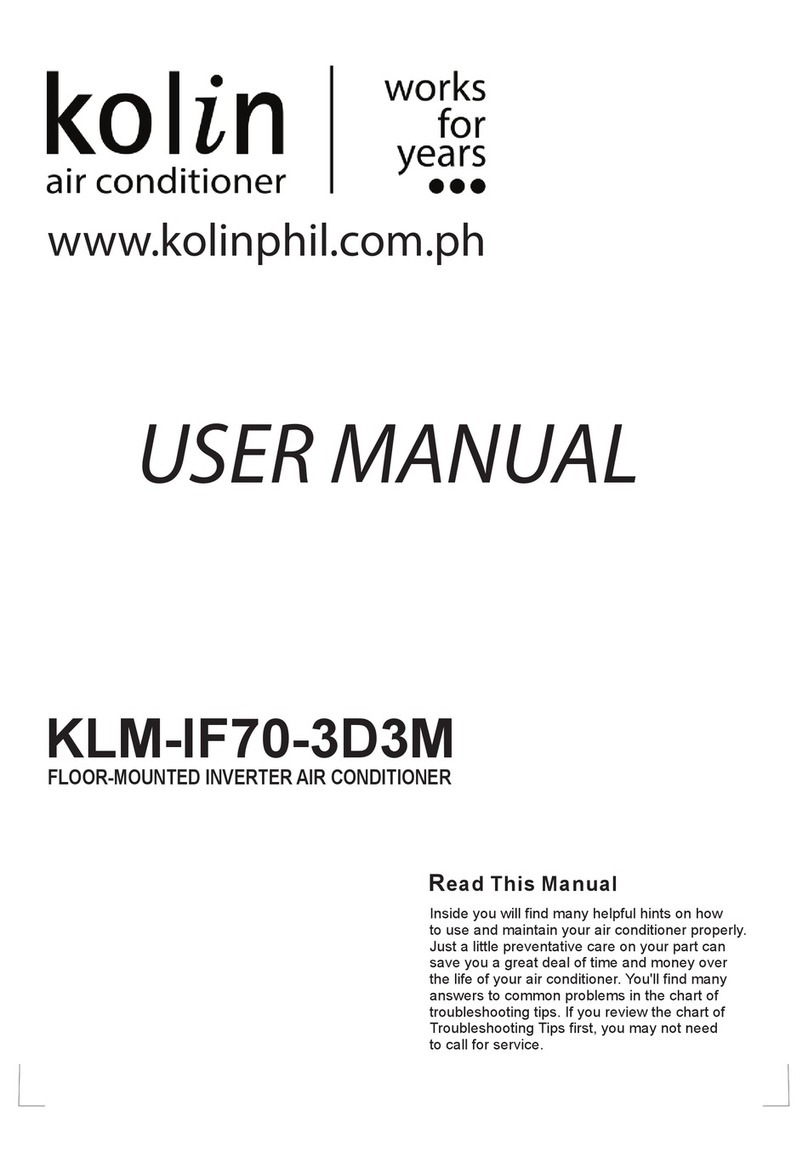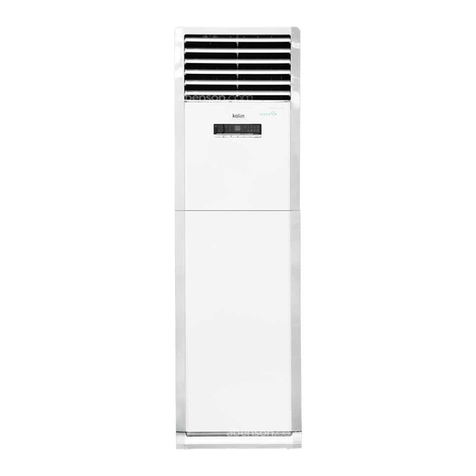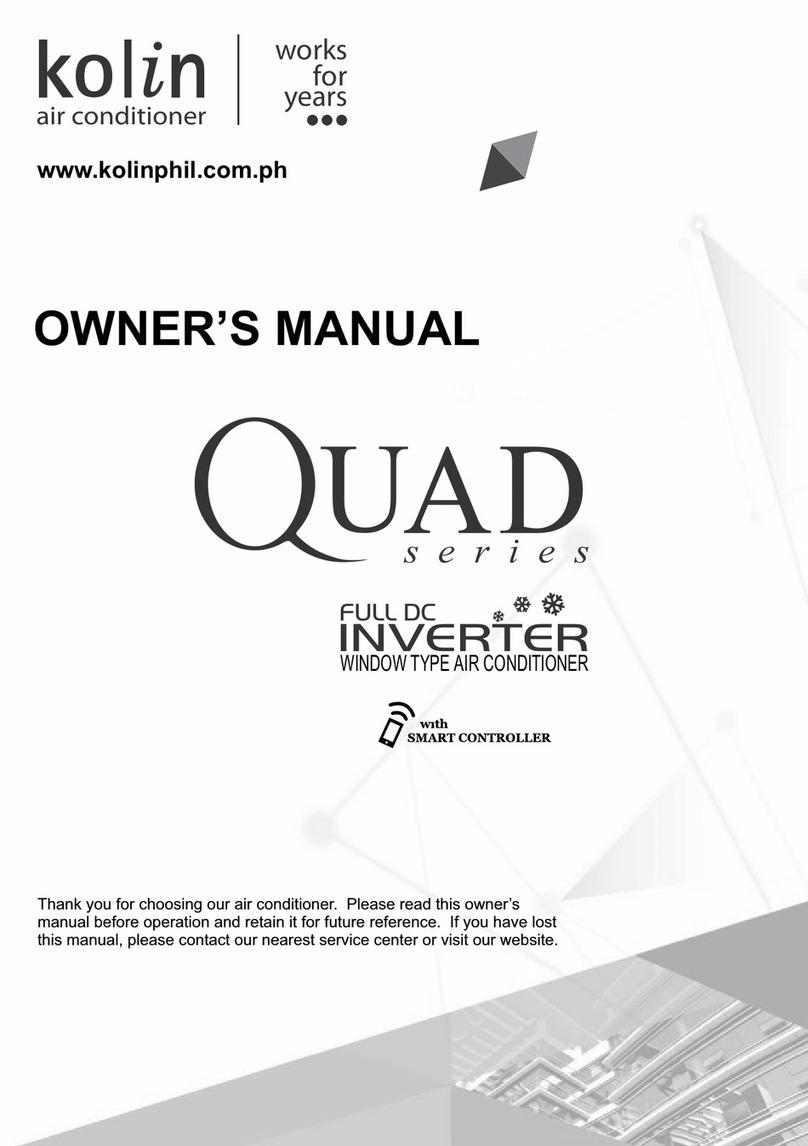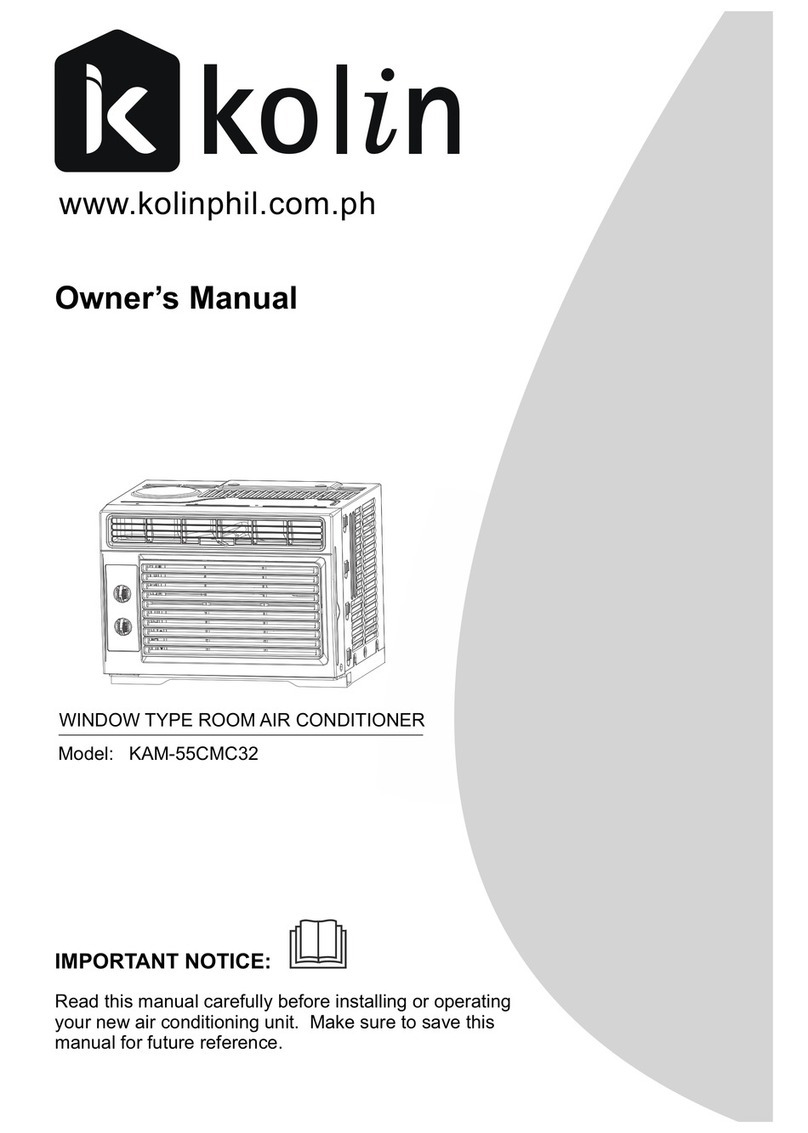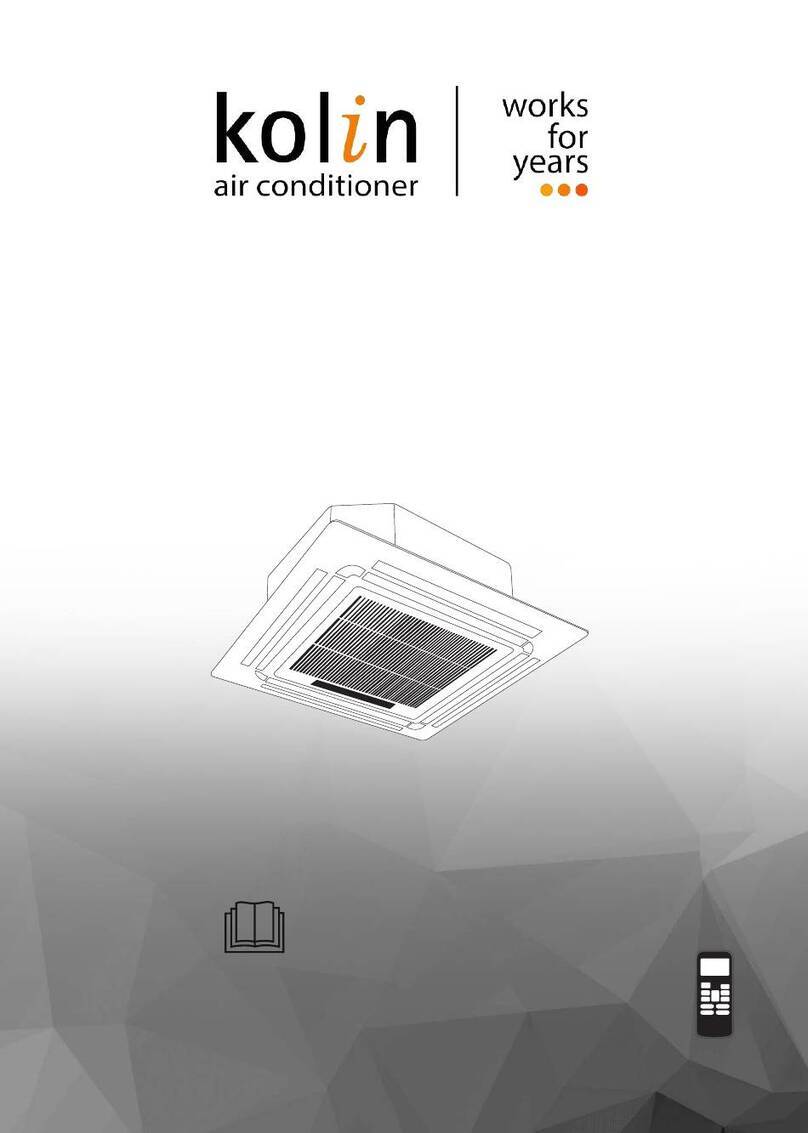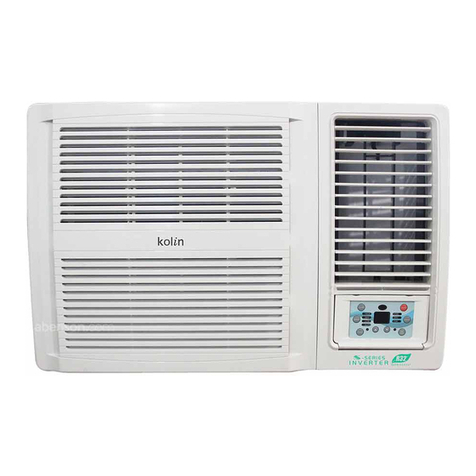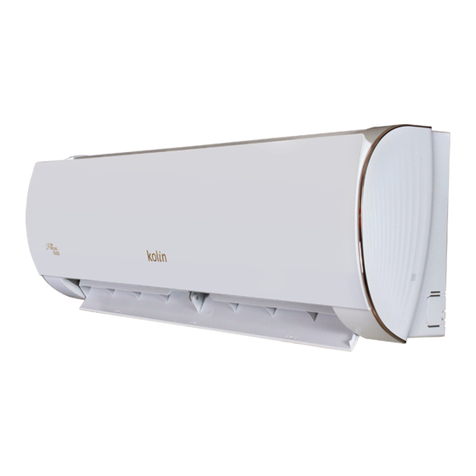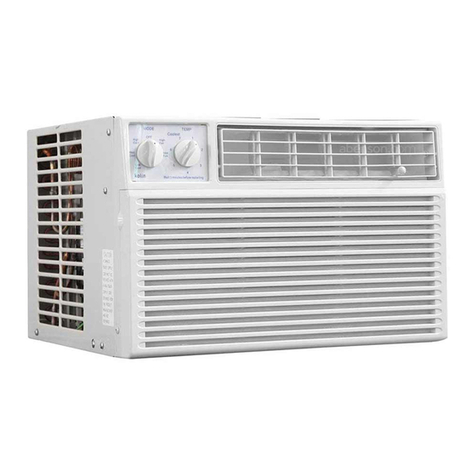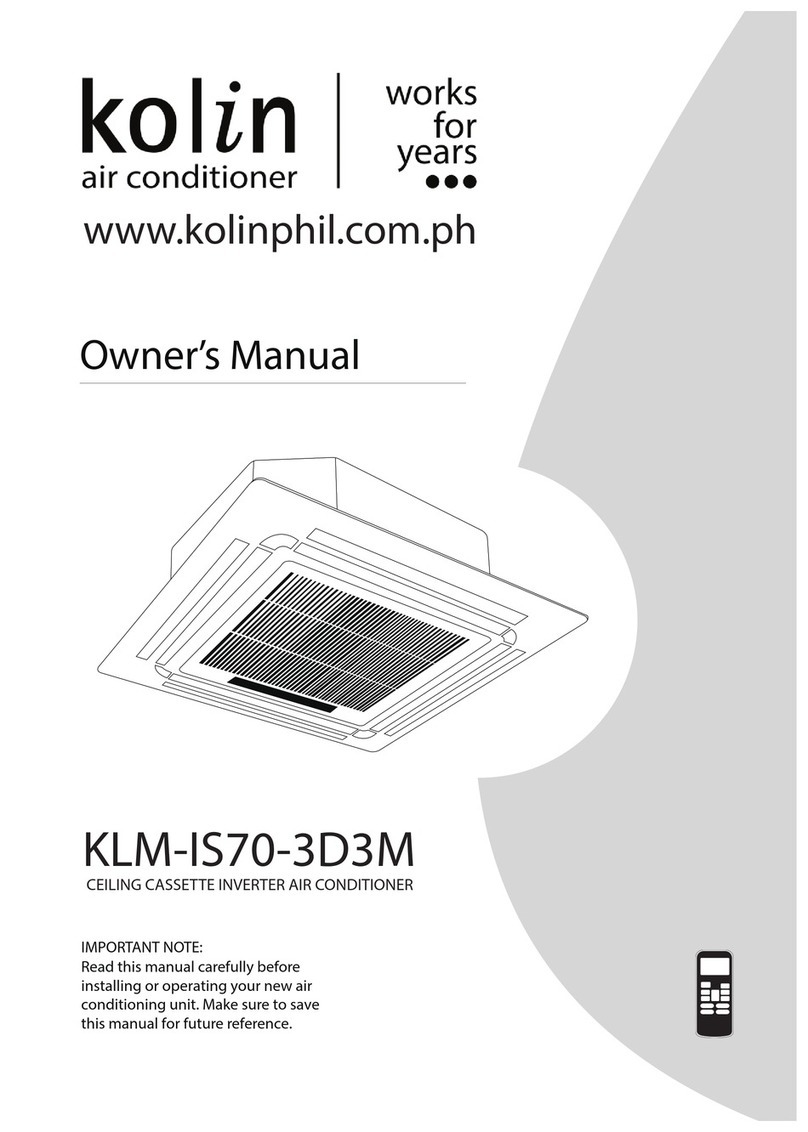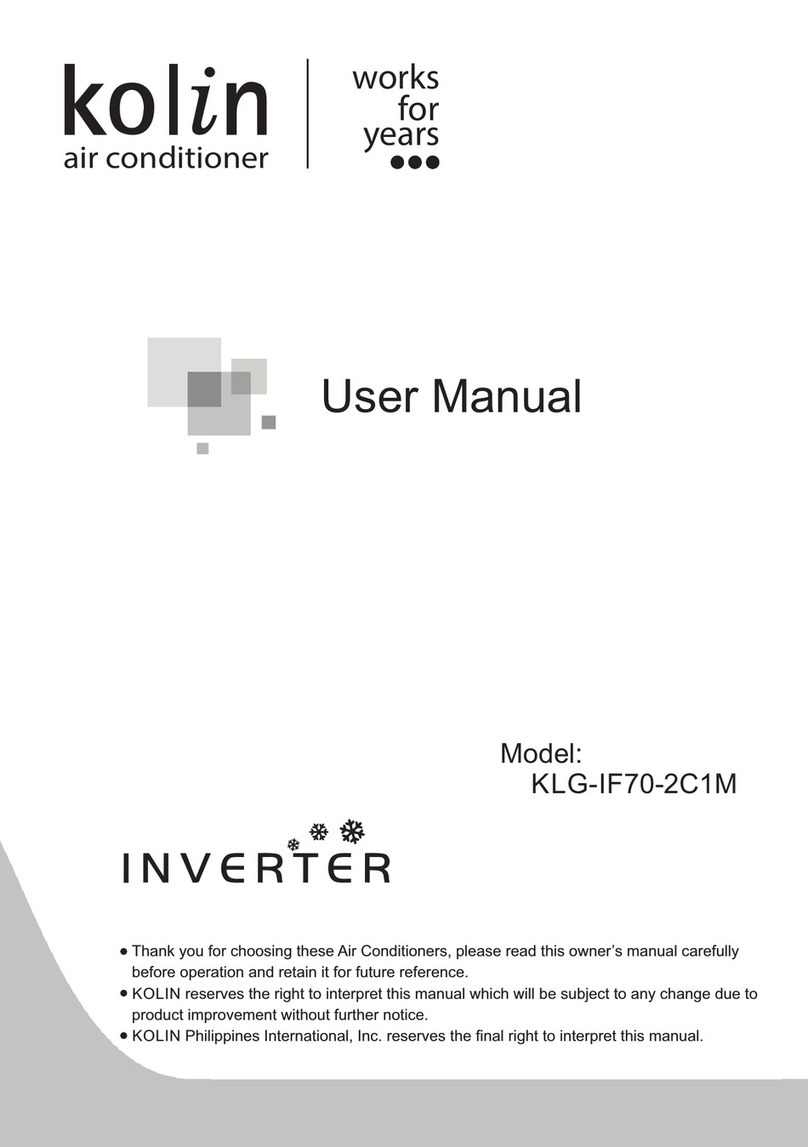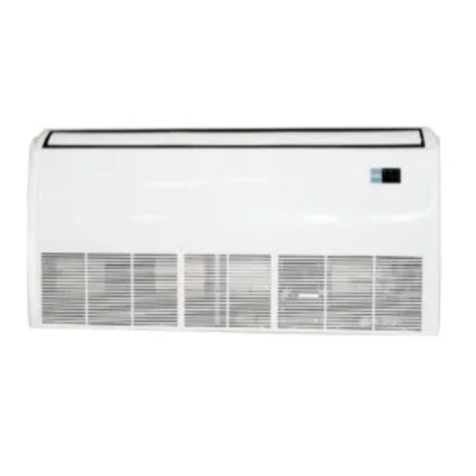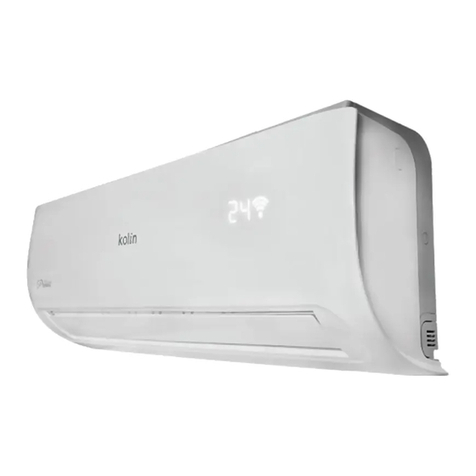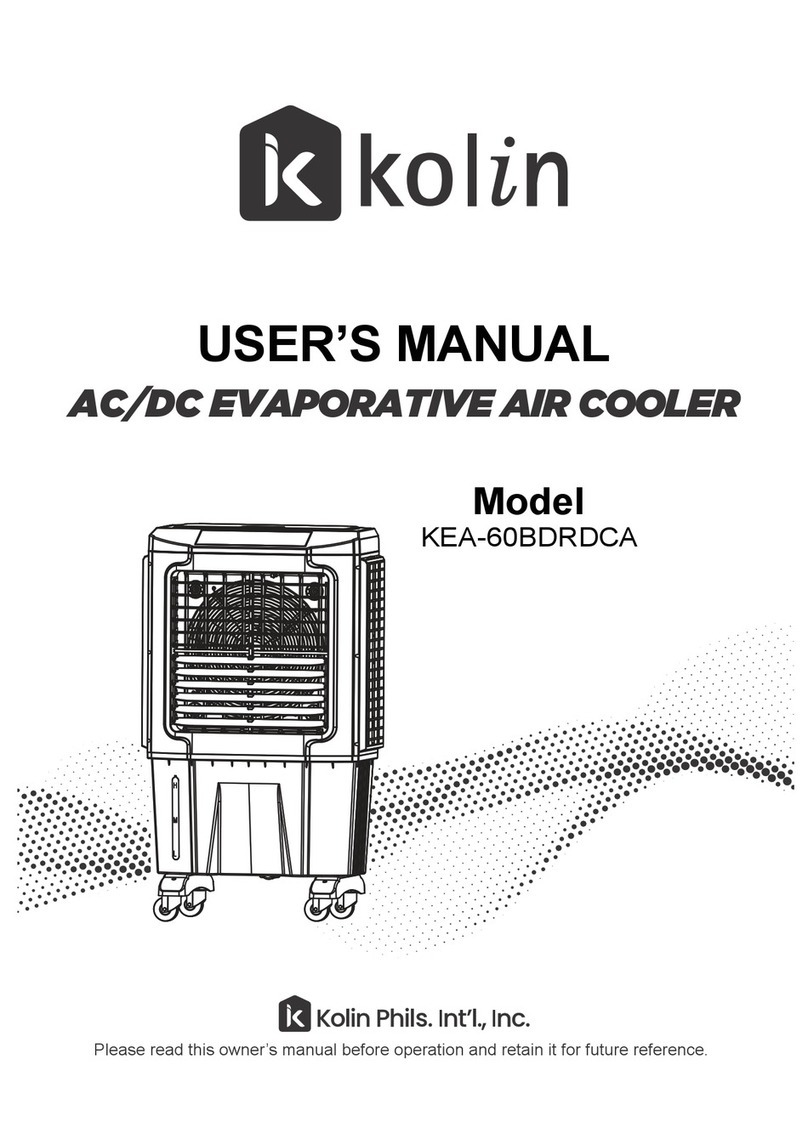
Inside you will find many helpful hints on how to use and maintain your air conditioner
properly. Just a little preventive care on your part can save you a great deal of time
and money over the life of your air conditioner. You'll find many answers to common
problems in the chart of troubleshooting tips. If you review our chart of Troubleshooting
Tips first, you may not need to call for service at all.
This appliance can be used by children aged from 8 years and above and persons
with reduced physical, sensory or mental capabilities or lack of experience and
knowledge if they have been given supervision or instruction concerning use of the
appliance in a safe way and understand the hazards involved. Children shall not play
the appliance. Cleaning and user maintenance shall not be made by children without
supervision. ( be applicable for the European Countries )
This appliance is not intended for use by persons (including children) with reduced
physical ,sensory or mental capabilities or lack of experience and knowledge, unless
they have been given supervision or instruction concerning use of the appliance by a
person responsible for their safety.(be applicable for other countries except the
European Countries )
Children should be supervised to ensure that they do not play with the appliance.
If the supply cord is damaged, it must be replaced by the manufacturer, its service
agent or similarly qualified persons in order to avoid a hazard.
The appliance shall be installed in accordance with national wiring regulations.
Donot operate your air conditioner in a wet room such as a bathroom or laundry room.
The appliance with electric heatershallhaveatleast 1 meter space tothecombustible
materials.
Contact the authorised service technician for repair or maintenance of this unit.
Contact the authorised installer for installation of this unit.
If the air conditioner is knocked over during use, turn off the unit and unplug it from the
main power supply immediately. Visually inspect the unit to ensure there is no damage.
If you suspect the unit has been damaged, contact a technician or customer service for
assistance.
In a thunderstorm, the power must be cut off to avoid damage to the machine due to
lightning.
To reduce the risk of fire or electric shock, do not use this fan with any solid-state speed
control device.
Do not run cord under carpeting. Do not cover cord with throw rugs, runners, or similar
coverings. Do not route cord under furniture or appliances. Arrange cord away from
traffic area and where it will not be tripped over.
The unit is shut down and immediately start will lead to voltage fluctuation, lighting
equipment flash, it is recommended to start after 3 minutes.
To be in compliance EN61000-3-11, the product MWT2F-21CM-QB4 shall be connected
only to a supply of the system impedance: |Zsys|=0.156 ohms or less; the product
MWT2F1-22CM-QB4 shall be connected only to a supply of the system
impedance: |Zsys|=0.132 ohms or less. Before connect the product to public power
network, please consult your local power supply authority to ensure the power network
meet above requirement.
CAUTION
Read ThisManual
!
